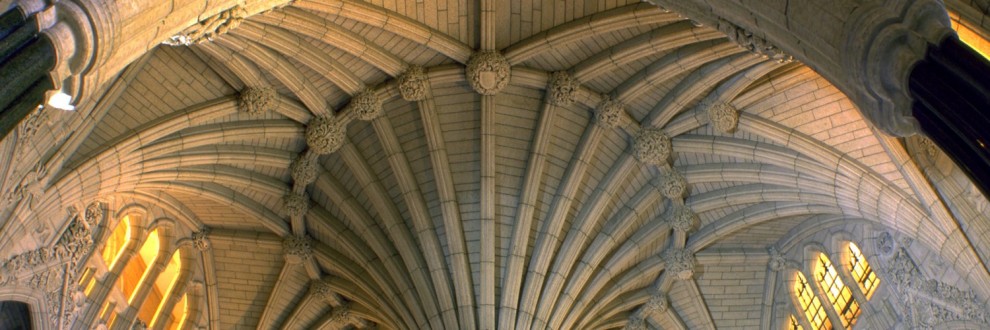Wow, long hiatus from blogging. Due to 1) start of the semester; 2) new classes; 3) onerous service obligations of the sort that the modern university (and UBC, especially) seems to specialize in; and 4) the start of cyclocross season (I suck! I am regularly “caboosing” in the masters class – no bike-handling skills). I am going to make up for it with a marathon blogging session right up until the government is formed.
Last post, I wrote about limits on party spending. Let’s now consider party revenue. Recall from my last post that the Canada Elections Act regulates three sources of political spending: 1) that of national parties, 2) that of electoral district associations and candidates, and 3) that of 3rd parties. I am just going to consider the war-chests of the national parties here.
It’s pretty easy to go on Elections Canada’s website and find summaries of the parties’ financial statements. For example, the Conservatives’ statement 2013-2014 is here.
Looking at these, we see that the parties have the following net assets available from 2014:
- Conservatives: $22,356,056
- Liberals: $9,083,726
- NDP: $10,151,613
- Bloc: $3,169,676
- Greens: $4,380,732
You’ll note the big advantage that the Conservatives enjoy(ed). It’s not clear how parties’ fund-raising has gone in 2015. Looking at past elections, it’s clear that the Conservatives don’t actually enjoy as big a gap as this in election spending: first, spending is capped (see last post); second, other parties (esp. the Liberals and NDP) are clearly able to raise cash during campaigns.
A key change in the Elections Act is the demise of public funding of parties (remember that). Well, the Conservatives did not kill that revenue stream dead immediately on securing a majority. Rather, reading through the CEA indicates that they instead slowly squeezed off public funding; parties received their last tranche of that money in April 2015, four months before this election.
In addition to these (central party) funds, parties’ respective candidates raise and spend significant amounts. (Not significant by US standards, of course: the typical candidate can spend about $150-200K depending on the size of the district’s electorate). Right now, I can’t get at these; the Elections Canada site is misdirecting me (probably because candidates’ final accounts have to be submitted, reviewed, and posted in short order).
It’s useful to put these amounts into context: In 2012, the two US presidential nominees spent almost a BILLION dollars each! There remain loopholes in Canadian campaign finance laws, but I would argue that the federal situation is pretty good in normative terms: we’ve capped spending, eliminated corporate donations, and limited the size of individual donations. I think reasonable people can disagree on the desirability of state financing: on one hand, state financing levels the playing field between established and new parties; on the other hand, it makes political parties more reliant on the state and less reliant on civil society. Certainly, the campaign finance situation is much worse provincially and abysmal at the municipal level: Vision Vancouver spent 3.4 million last municipal election in Vancouver. Wow! That’s for a civic election for 422,000 voters or $8/voter for one party – way, way more than we allow federally! (And, of course, there’s the running saga on Montreal’s politics & money nexus.) If you’re concerned about the influence of money on politics in Canada, your marginal effort is best spent regulating municipal campaign spending IMO.

 Follow
Follow